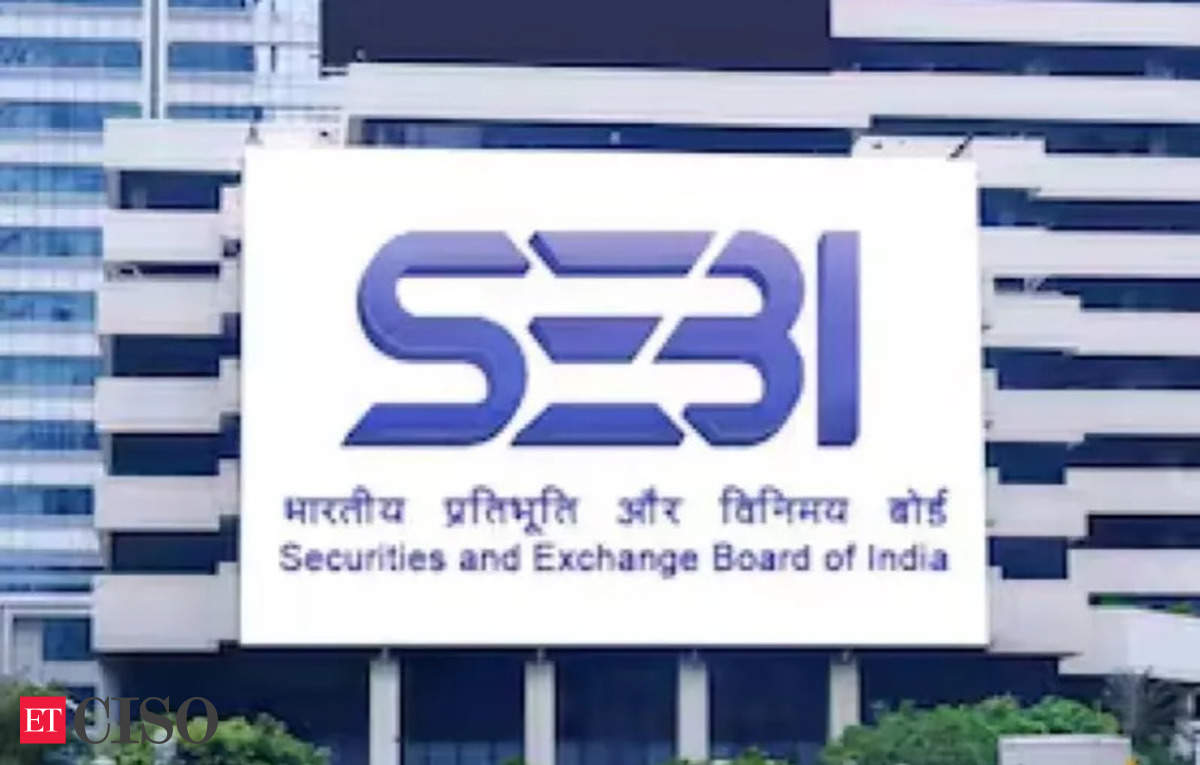The question of how to advance CPUs has been a pressing concern for the computing industry since the release of the Intel 4004 processor in 1971. To address this, chipmakers have employed various strategies, including increasing clock speeds, incorporating multiple cores, and miniaturizing chip architectures to enhance performance and efficiency. The debate between RISC (Reduced Instruction Set Computing) and CISC (Complex Instruction Set Computing) chip instruction sets has been ongoing, with the former advocating for simplified designs and the latter for more complex ones. This dispute continues to this day, with RISC-V being a notable example.
AMD has been exploring an innovative approach to accelerating certain processors using 3D V-Cache technology, which involves stacking additional L3 cache on top of Ryzen cores. By doing so, the company avoids overpopulating the 2D plane of its chips and is able to fit more memory without increasing the size of its CPUs. The Ryzen 9 9950X3D represents a significant evolution of 3D V-Cache technology, making it a desirable option for hardcore gamers, despite its $700 price tag.
The 3D V-Cache technology was first introduced in the Ryzen 5800X3D in 2022 and was later incorporated into laptops in 2023. Although there were initial drawbacks, such as slower clock speeds compared to the standard Ryzen 5800, AMD has continuously improved the technology. The Ryzen 7 7800X3D and Ryzen 9 7900X3D, for instance, achieved the same maximum clock speeds as their 2D counterparts.
The 9950X3D is a powerful desktop processor with ample L3 cache, making it ideal for gaming and intensive productivity tasks. However, its high price is a significant drawback.
Pros
- Excellent performance
- Notable gaming improvements
- Relatively cool temperatures
Cons
- Very expensive compared to other desktop CPUs





